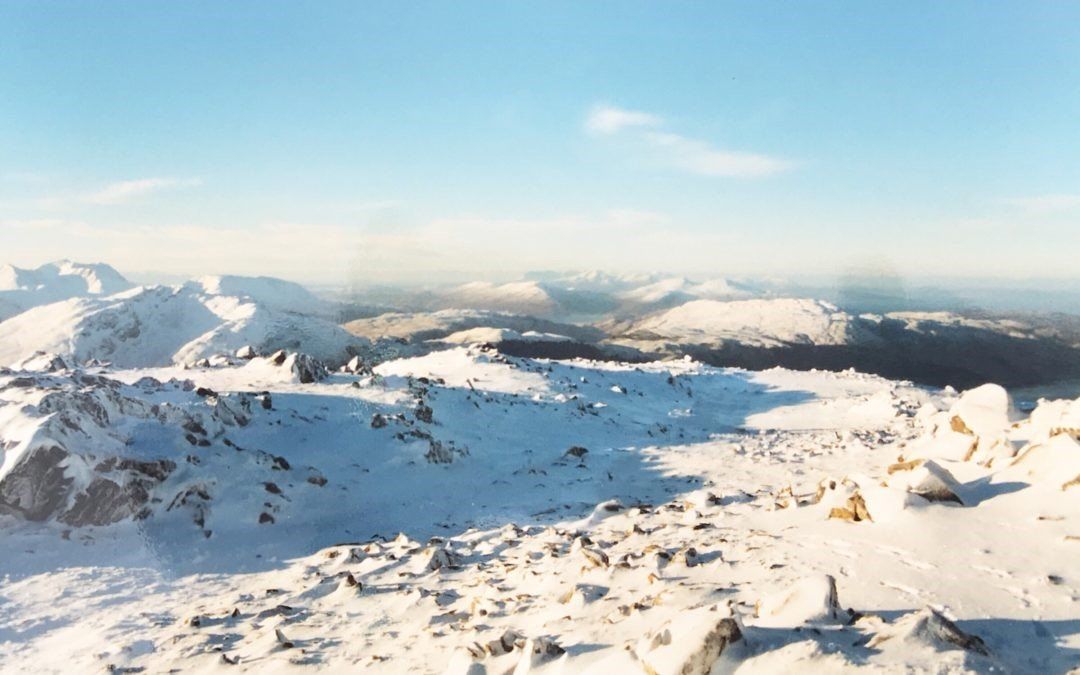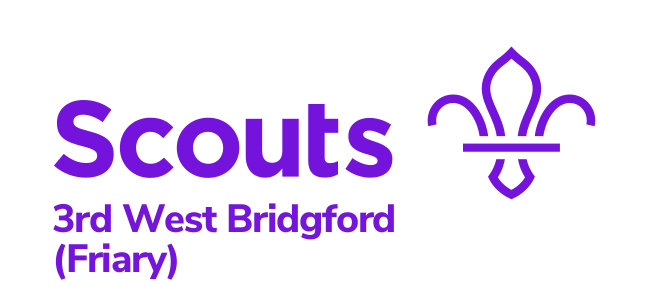A Lesson in Life - Snowholing
A Lesson in Life - Snowholing
When it’s snowed hard and the news is full of warnings to avoid travel and stay at home, what should a scout do? Get up to the Peak District, climb a hill, dig in and spend the night, of course!
The first weekend of February had become an established point in the calendar during the 70’s, 80’s and into the 90’s, when, using Champion House in Edale as a base, successive generations of Friary Scouts would perfect their navigation and winter walking skills by undertaking an orienteering course on the Kinder Scout Plateau. Conditions of almost zero visibility meant that using map and compass skills was very real! Arguably this training played a large part in our Venture Scouts having the confidence and ability to undertake highly successful Venture Scout and Queens Scout Award expeditions in Scotland at Easter in winter conditions, to win Shadow, complete numerous Explorer Award expeditions in Europe and ultimately have the confidence to climb Mount Kilimanjaro!
In February 1984 the snow came down heavily and Derick Ferguson, Mike Ullyatt, Rob Bendy, Chris Jennison, Charlie Blankley and David Drury grabbed the opportunity of quiet, if somewhat icy, roads to drive up to Edale intent on giving ‘snow holing’ a try. Of course, the agreed line to anxious mothers was subtly different. This was a safety oriented, weekend course in mountain survival and safety skills led by well qualified and experienced personnel and was routine for completion by any self-respecting scout.
On Saturday morning we left behind the dying embers of the open fire in Champion House at Edale and climbed to the Kinder Scout plateau carrying kit sufficient for an overnight stay, but no tents! Normally a black landscape of undulating peat hags, it was instead a flat, white snowscape. The usual depressions of soggy mud had been filled with a couple of metres of snow – it was looking good!
As experienced by earlier generations of Friary Scouts the early part of the day was spent practising navigation skills using map and compass in challenging conditions, building confidence that the theory learnt at Friary on dark November evenings really worked when put into practice in a disciplined way. This time, following lunch at Kinder Downfall, the group were asked if they wanted to give snow-holing a try – there was a little over three hours till darkness and so a decision had to be made. It was unanimously “yes”! And so we headed back towards the upper reaches of Grindsbrook and found the deepest snow we could for what was to become a real life exercise in survival!
Equipped with only cooking pans and plastic survival bags we set to excavating our man caves. We quickly realised that all of the theoretical training of igloo type structures with sleeping shelves above a lower trench enabling the warmer air to rise was unachievable and agreed that two man caves dug into drifted snow scooped mostly by hand into the survival bags gave us the best chance of adequate shelter from the elements at 1000ft. Despite the biting wind the work was warming and our snow holes took shape and were proudly augmented with access steps and protective snow walls. As the light fell we rolled out our karrimats and sleeping bags, content after a hot ready meal and mug of hot chocolate.
All was well – it was dark, we were warm and having taken the precaution of all sleeping with our heads at the open end of our snow caves, sleep was forthcoming. Until at around midnight the temperature began to rise and the snow began to melt! Ironically had it got colder we would have been better off but some sleeping bags got wet and, of course, molten snow is not warm. Indeed, it’s at freezing point. In a sleeping state it’s quite possible to ignore the odd water drip for a while and to find a position where your body is not resting on a cool damp patch of sleeping bag. However, shivering soon starts and takes over the mind’s attempt to sleep. The cold becomes all consuming.
At around 2.00 am David Drury was so cold (he probably had the least body mass) that Derick gave him his sleeping bag (which was still dry and warm ). Derick then spent the remainder of the night huddled under his cagoule as he and Mike Ullyatt prepared hot drinks for anyone who needed them. When the body reaches levels of cold such as some experienced you learn just what the cold does to an inactive body – the body’s heat is withdrawn to its core and the extremities, especially hands and feet become inoperable appendages of flesh.
It felt an interminable wait for first light, when it eventually approached on that Sunday morning no one required any encouragement to don their full gear and rucksacks to head down. Some thirty plus years later the image of Rob Bendy standing outside his snow hole in the driving sleet is fresh: his entire body shaking with cold; he is fumbling pathetically to access his flies; and has fear in his face as he foresees an impending humiliating accident in front of his mates. Fortunately he is saved that humiliation by one of the team whose hands were still functioning!
Immediately upon heading down, quickly reaching the path descending Grindsbrook, bodies warmed and morale rose. Within the hour Edale hove into view. Never before, or since, has Champion House seemed so welcoming as it was that morning. Long hot showers, followed by a full cooked breakfast and a debriefing by the roaring log fire enabled everyone to reflect on an adventure of a lifetime and a memorable lesson for life!

